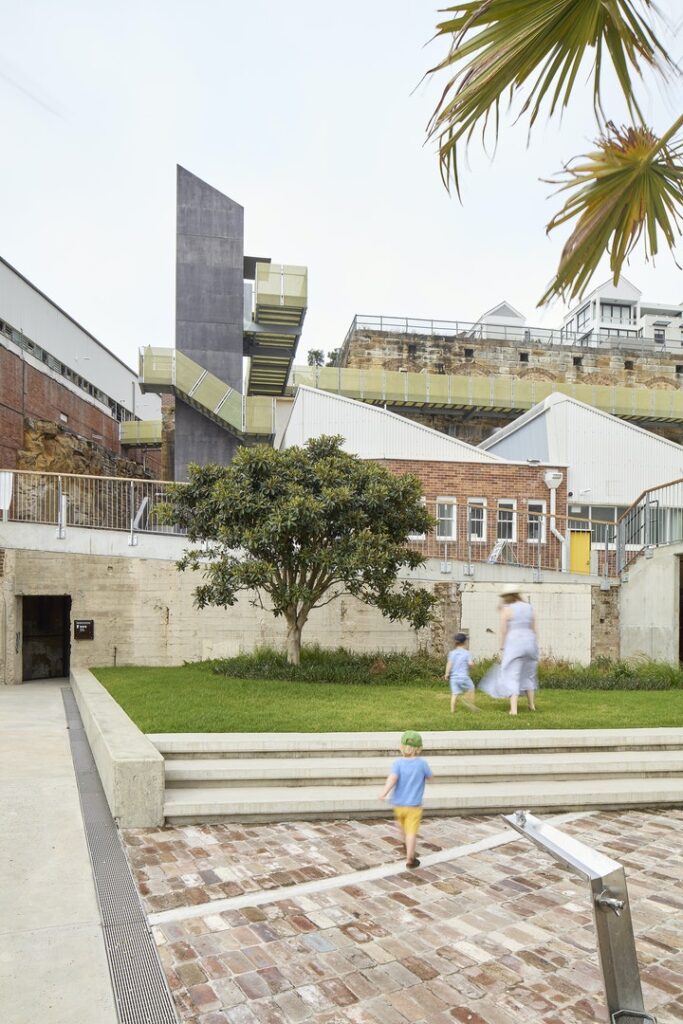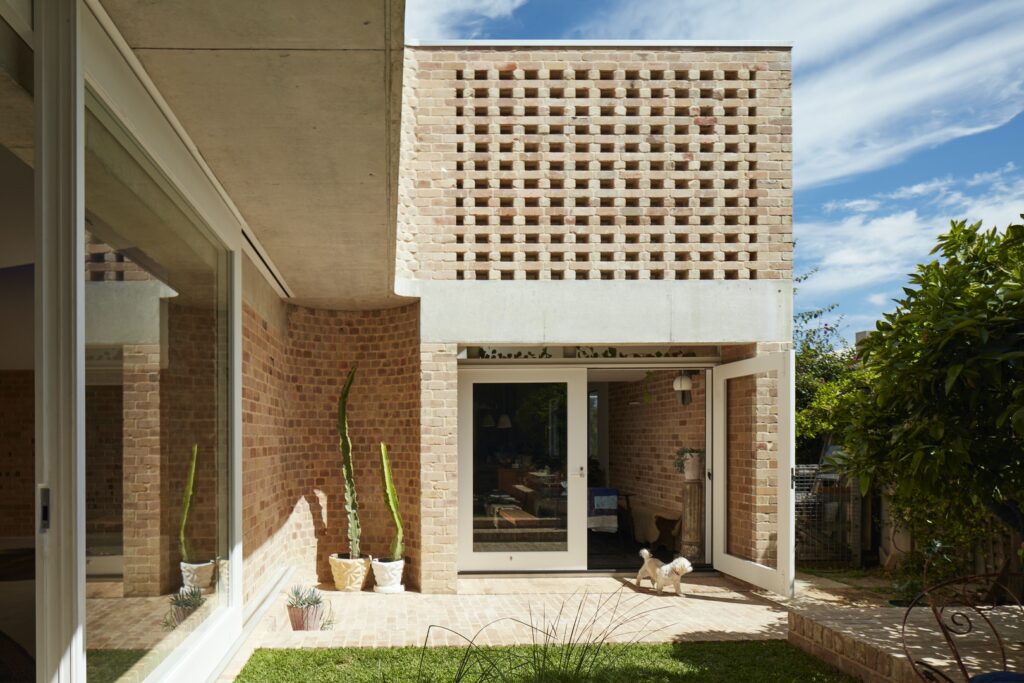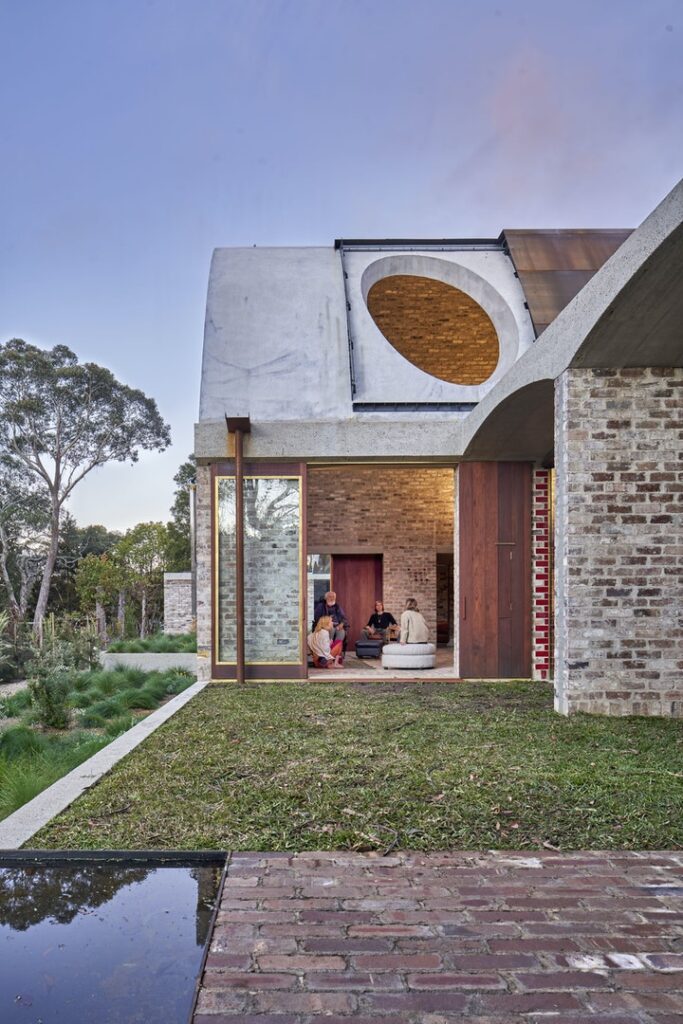National Architecture Award 2021 winners
The 40th anniversary of Australia’s most prestigious, peer-reviewed architecture awards has highlighted the immense value architects add to their communities through truly exceptional design.
The awards provided an opportunity to celebrate what the jury noted was the “increasingly rare” public architecture of great standing. Notable among these projects was the Monash Woodside Building for Technology and Design by Grimshaw in collaboration with Monash University.
Currently the largest Passive House-certified project in the southern hemisphere that sets Monash on a path to net-zero by 2030, this building was one of the most awarded receiving both The Sir Zelman Cowen Award for Public Architecture and The David Oppenheim Award for Sustainable Architecture.
The jury singled out this project saying, “The universality provided to this building through structure, daylight and amenity, through order in the plan and poetry in the whole, brings to light the architectural discipline like no other building noted by the jury this year.”
Another educational facility, the Barker College Rosewood Centre by Neeson Murcutt + Neille, won The Daryl Jackson Award for Educational Architecture for their success meeting the ‘oft-ignored’ challenge for large sports buildings of “humanising the space”.
The Bendigo Former Mining Exchange comprehensively reinvigorated by Williams Boag Architects won The Lachlan Macquarie Award for Heritage. The jury applauded the work undertaken saying it “displays both an enormous affection for the building, its meaning and story, and an intense desire to envision its ability to be useful for the future while enabling a deep and caring interpretation of the past.”
Similarly, lahznimmo architects and Aspect Studios work on Sub Base Platypus gave new life through adaptive re-use to the HMAS Platypus precinct in Sydney in what the jury lauded as “a profound and exemplary urban design transformation” winning The Walter Burley Griffin Award for Urban Design.
The enduring value of public swimming pools as “public spaces at the cultural and community heart of Australian post-war society” was also recognised with not one but two separate projects recognised in this year’s awards.
Kevin Borland, John and Phyllis Murphy and Peter McIntyre, with engineer Bill Irwin’s work on the Olympic Swimming Pool stadium from the 1956 Olympic Games in Melbourne won a National Award for Enduring Architecture.
In a modern-day version, the Gunyama Park Aquatic and Recreation Centre by Andrew Burges Architects and Grimshaw with TCL in collaboration with the City of Sydney received a National Award for Public Architecture for what the jury described as “playful work that inspires a consideration of how the enjoyment of water-based environments has developed the psyche of an entire culture.”
Architects’ capacity to add value also extends to projects in the private realm as abundantly demonstrated by this year’s winner of The Robin Boyd Award for Residential Architecture – Houses (New). Peter Stutchbury Architecture won this prestigious award for Night Sky, a project that the jury initially thought was “naive and even under-considered”. However, a deeper exploration led to a far greater appreciation for the depth of skill and talent. In the words of the jury: “The potentially deeply problematic choices, deftly orchestrated, develop into a priority that is singular; a priority that is about the subject of the work, the desires of a disabled person to connect to the universe and galaxy.”
Also celebrating the extraordinary results from a powerful synergy between architect and client, Beaconsfield House by Simon Pendal Architect won this year’s Eleanor Cullis-Hill Award for Residential Architecture – Houses (Alterations and Additions). The jury notes the “The outcome of this modest intervention – a two room extension and internal repurposing of existing spaces in a 1940s worker’s cottage – is exquisite.”
Kennedy Nolan’s work on The Lothian, “an exquisitely crafted and innovative townhouse proposition worthy of celebration” won The Frederick Romberg Award for Residential Architecture – Multiple Housing.
Looking to the International Chapter, Kerry Hill Architects’ design of the One & Only Desaru Coast resort in Malaysia won The Jørn Utzon Award for International Architecture, exemplifying “its designer’s unique and highly acclaimed contribution to the development of a contemporary architectural language for the Asia Pacific region.”
The poised steel architecture BVN has created for the Australian Defence Force at the Lavarack Barracks as part of the Land 121 Facilities Project received this year’s COLORBOND® Award for Steel Architecture as well as a National Award for Commercial Architecture.
While they say doctors make the worst patients, the same certainly cannot be said of architects practicing their profession on their own premises. Undoubtedly the most-awarded project of the year was Smart Design Studio’s work on their own new home for the practice of their architecture. Smart Design Studio in Sydney’s industrial periphery of Alexandria adapts existing warehouse structures in a feat of design excellence that saw it win The Harry Seidler Award for Commercial Architecture, The Emil Sodersten Award for Interior Architecture and a National Award for Sustainable Architecture.
Jury Chair and Immediate Past National President Alice Hampson congratulated all winners and thanked all entrants.
“These awards attest to our profession’s inventiveness, imagination, pulchritude and multiplicity,” Ms Hampson said.
“Collectively, this year’s awarded works exhibit the richness, intelligence, viscerality, complexity, individuality and delight of which Australian architecture is capable.”
The 2021 National Architecture Award Winners were announced via a special livestream event for the second year due to the COVID-19 pandemic. They were selected from a shortlist of 57 finalists drawn from an original field of 807 entries.
Alice Hampson LFRAIA was joined on the jury by Angelo Candalepas LFRAIA, Robert Nation LFRAIA, Ingrid Richards RAIA and Cameron Bruhn Hon. FRAIA.






